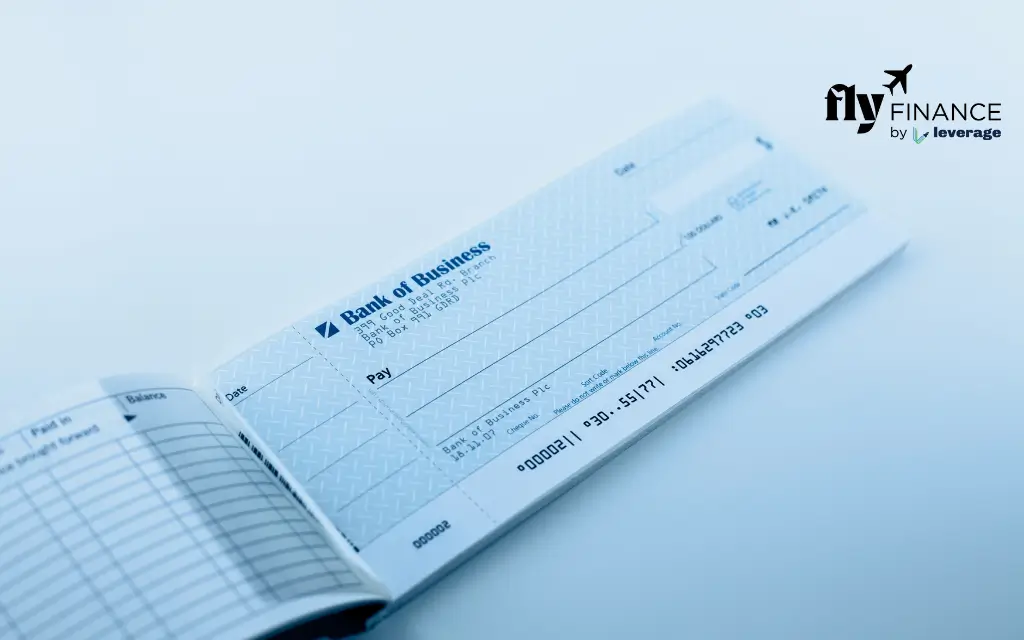From IFSC Code to the strange MICR number on the bottom of the cheque, a lot is printed on it. Ever wondered what exactly it is and MICR full form? MICR is a Magnetic Ink Character Recognition code which ensures smooth processing of banking cheques. Continue reading this blog to find out about MICR, its features, how it works and other details.
Table of contents
What is the Full Form of MICR?
The full form of MICR is ‘Magnetic Ink Character Recognition’. It is a powerful code on cheques that uses special ink and character fonts to identify and process information on documents, particularly banking cheques. The MICR code speeds up the cheque-clearing process and reduces errors by eliminating the need for manual data entry.
- It is a 9-digit code printed at the bottom of the cheque, just next to the cheque number.
- The code recognises the bank and branch involved in an Electronic Clearing System (ECS).
- MICR code can also be found on the first page of the bank account savings passbook. You can also search for the MICR code of your bank branch online.
- It has three parts- city code, bank code, and branch code.
Also Read: Check out the full form of PAN. Know its importance, eligibility, and how to apply for smooth tax filing and other purposes.
Features of MICR Code
The Reserve Bank of India introduced the concept of MICR for safe and effective payments. Each bank is assigned a distinctive MICR code that uses a special character-recognition technology to identify bank branches and speed up the cheque-clearing process. Check out the other major features and benefits of MICR code-
- The special magnetic ink used in MICR codes is difficult to replicate. This ensures a strong defence against cheque forgery.
- MICR codes ensure automatic cheque processing and reduce errors that can occur during manual data entry.
- MICR enables faster cheque clearing, ensuring quicker access to funds.
9-digit MICR Code Breakout
The unique 9-digit MICR code ensures that all banks using cheques for financial transactions are recognised by the RBI. The code has three parts representing the PIN code of the city, the bank code, and the branch code of the bank. Each digit plays a specific role.
Let us consider an example MICR code of one of the branches of the State Bank of India in New Delhi. The MICR code is 110002003.
| 110 | 002 | 003 |
| The first three digits represent the city code. | The next three digits represent the bank code assigned by the RBI. | The last three digits represent the specific branch within the bank. |
Consider another example- the MICR code of DBS Bank International Transfer is 400641002, which translates to:
- City Code (400): Mumbai
- Bank Code (641): DBS Bank
- Branch Code (002): Fort Branch
Also Read: Check out the full form of CIF, its meaning, benefits, and how to find it. Know whether CIF should be confidential or be disclosed.
MICR Code vs IFSC Code
MICR Code and IFSC Code are equally important to make any financial transactions. However, a major difference between both is that the IFSC code is used to remit money via modes of Electronic Funds Transfer like NEFT (National Electronic Funds Transfer) and RTGS (Real Time Gross Settlement) within India. On the other hand, the MICR code can be used for global funds transfers.
| MICR | IFSC |
| The full form of MICR is Magnetic Ink Character Recognition. | The full form of IFSC is the Indian Financial System Code. |
| It is printed at the bottom of the cheque leaf. | It is printed at the top left-hand corner of the cheque leaf. |
| MICR code can be used for global funds transfers. | IFSC code is used for money transfers from one bank to another within India. |
| MICR code denotes– Pin Code- Bank Code- Branch Code | IFSC Code represents– Bank Code- Branch Code |
This was all about the full form of MICR, its features, examples, and other details. To know more about education loans, the best bank accounts for students, forex and banking experience for global students or international money transfers, reach out to our experts at 1800572126 to help ease your study abroad experience.
FAQs
The full form of MICR is Magnetic Ink Character Recognition. This 9-digit unique code ensures the smooth processing of banking cheques.
MICR codes are required to fill in the application form if you are making investments. It is used to speed up check clearing by allowing machines to read bank information.
MICR is a 9-digit number at the bottom of the cheque leaf. It has three parts which denote the city code, bank code, and branch code assigned by the RBI.
The major difference between both is that the IFSC code is used to remit money via NEFT and RTGS within India. On the other hand, the MICR code can be used for global funds transfers.
MICR is a 9 digit code printed at the bottom of the cheque, just next to the cheque number. It can also be found on the first page of the bank account savings passbook and you can also search for the MICR code of your bank branch online.
| Related Blogs | |
| Full Form of CIBIL | Full Form of NBFC |
| Full Form of KYC | Full Form of POS |
| Full Form of NPA | Full Form of RLLR |
| Full Form of UPI | Full Form of EMI |
| Full Form of NACH | Full Form of DPD |
Follow Us on Social Media





























